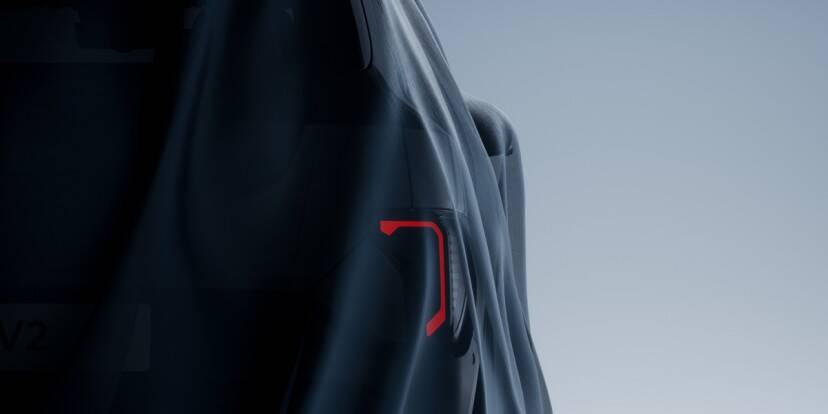The Corvette C1, which ushered in the V8 era, is up for auction
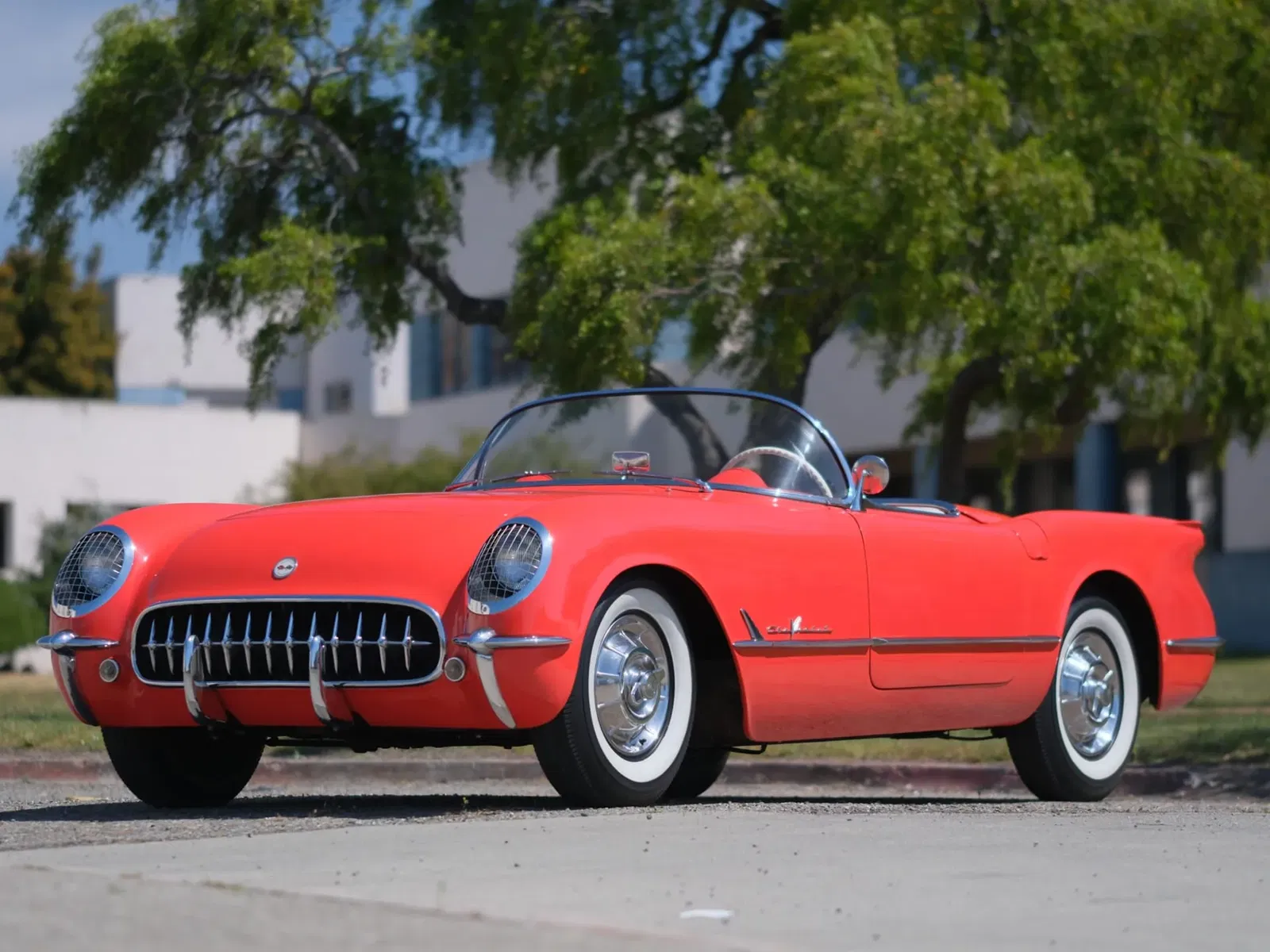
The EX87 test prototype that started the Corvette legend with a V8 is being sold under the hammer
One of the thousands of cars that have passed through the hands of General Motors’ engineers and designers, this one is truly special. Chevrolet Corvette C1 EX87 is the experimental example that pioneered the V8 engine that became the foundation for future generations of Corvette and an entire era of American sports cars and muscle cars.
Now this unique car, preserved from the 1950s, is up for auction Bring a Trailer, and with no minimum bid. Its story is not just a chapter in the Corvette’s development, but the starting point from which a legend began.
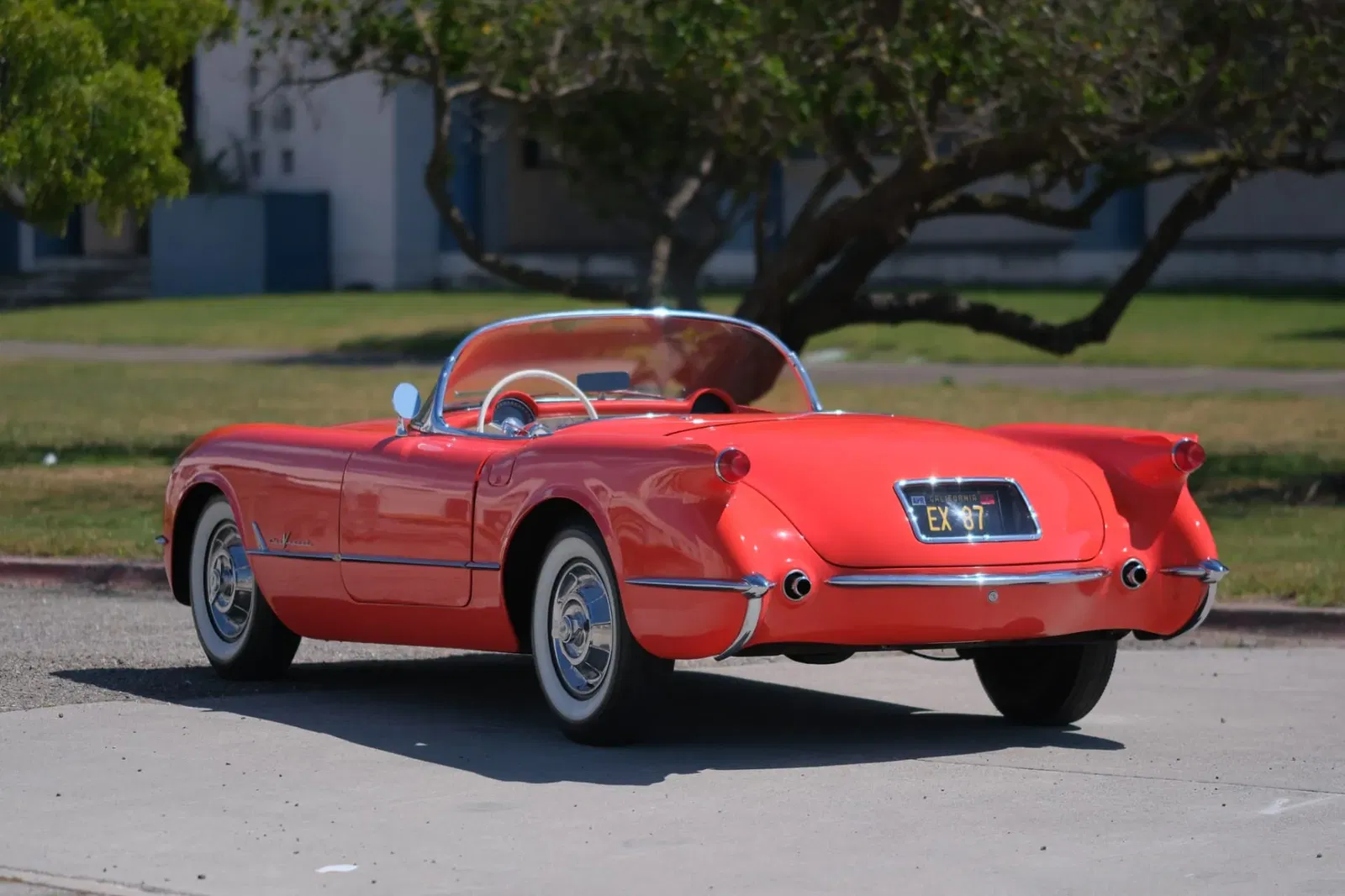
How the EX87 came to be: the Corvette that was supposed to break the record
In the early 1950s, the first Corvette C1 didn’t live up to GM’s expectations: the model sold poorly, and competitors were aggressively building power. Then engineer Zora Arkus-Dantow, known as the “father of the Corvette,” proposed to build a racing prototype capable of surpassing the Chrysler 300, which held the speed record for production cars.
At that time, GM had to build a prototype that could beat the Chrysler 300, which held the speed record for production cars.
With engineer and racer Mauri Rose he took an unsold 1954 Corvette and tweaked it:
- Enlarged to 307 cubic inches (about 5 liters) V8, based on the future small-block
- High-lift camshaft, later to become known as the “Duntov Cam”
- 3-speed manual transmission
- Shortened windshield, fairing behind the driver’s head, aerodynamic dodger and modified underbody
It was on this chassis EX87 with body #5951 Smokey Yunick that the Corvette reached 163 mph (262 km/h) at GM’s Arizona proving grounds. It was the first Corvette to officially hit 150 mph, and the first with a V8 installed, well before the production version with the 265 CID engine was released in 1955.
The Corvette was the first Corvette to officially hit 150 mph, and the first with a V8 installed, well before the production version with the 265 CID engine was released in 1955.
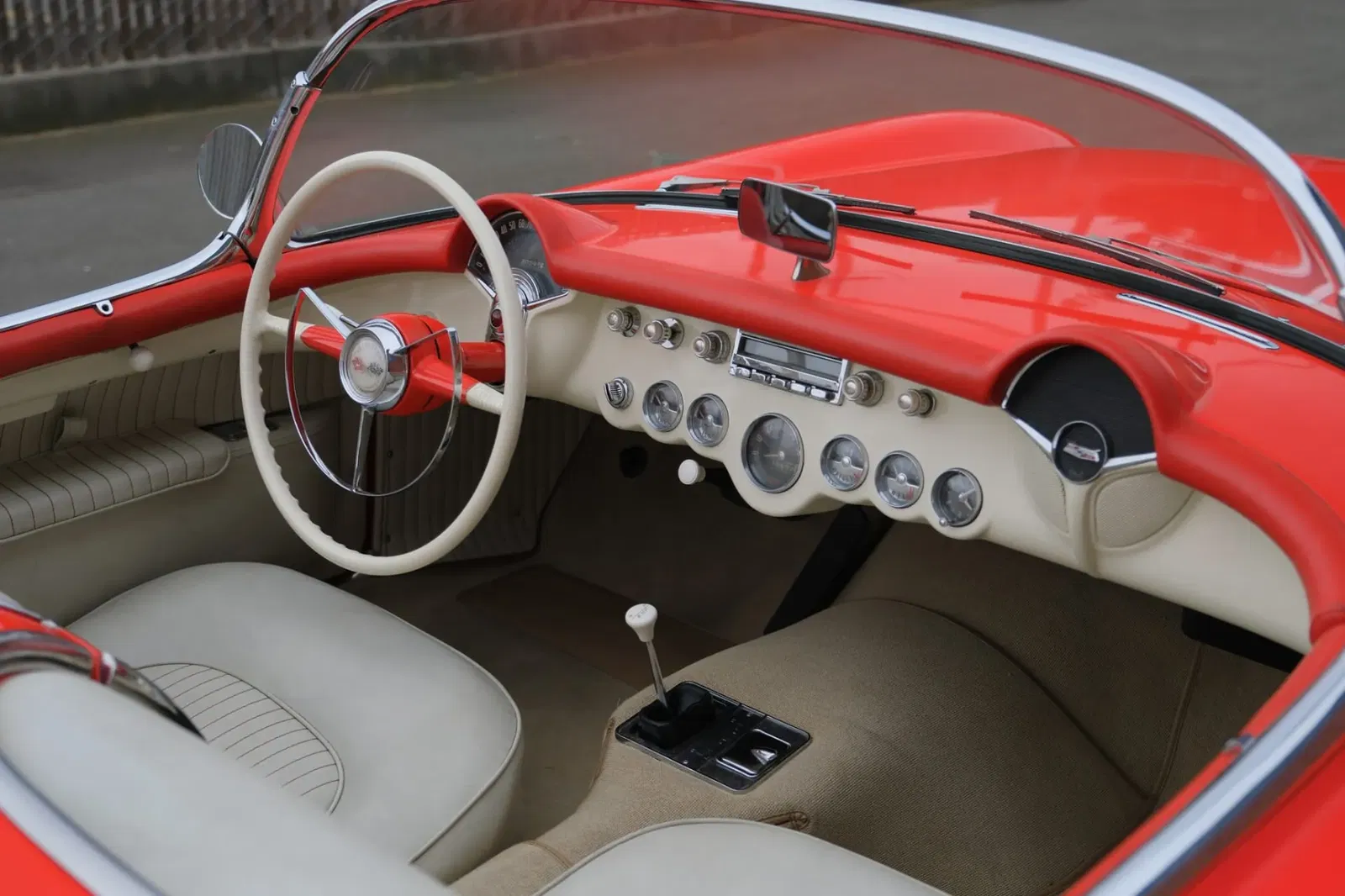
The Fate of a Unique Prototype
After the record-breaking race, the prototype was dismantled. GM had planned to build a special 1956 version of the Corvette for the Daytona race, and the experimental car was split into two parts:
- Body #5951 later ended up in Lingenfelter’s Lingenfelter Collection, where in 2003 it was re-powered with an original motor from Yunick – after 50 years of separation.
- Chassis EX87 received a different body – from Corvette #6903, a V8 265 cubic-inch motor, and a two-speed automatic. The car was used as a demonstration car in 1956 and then sold to a GM engineer.
In 1968, the car was purchased by the current owner, who for decades thought it was just an ordinary show car. Only thanks to the attention of collectors and experts at exhibitions it was possible to establish the true history of the car and its uniqueness.
Later, after the original engine failed, a V8 327 CID appeared under the hood, and the body itself was repainted red with a beige top in the 1970s. The odometer now reads 21,000 miles, but the actual mileage is unknown.
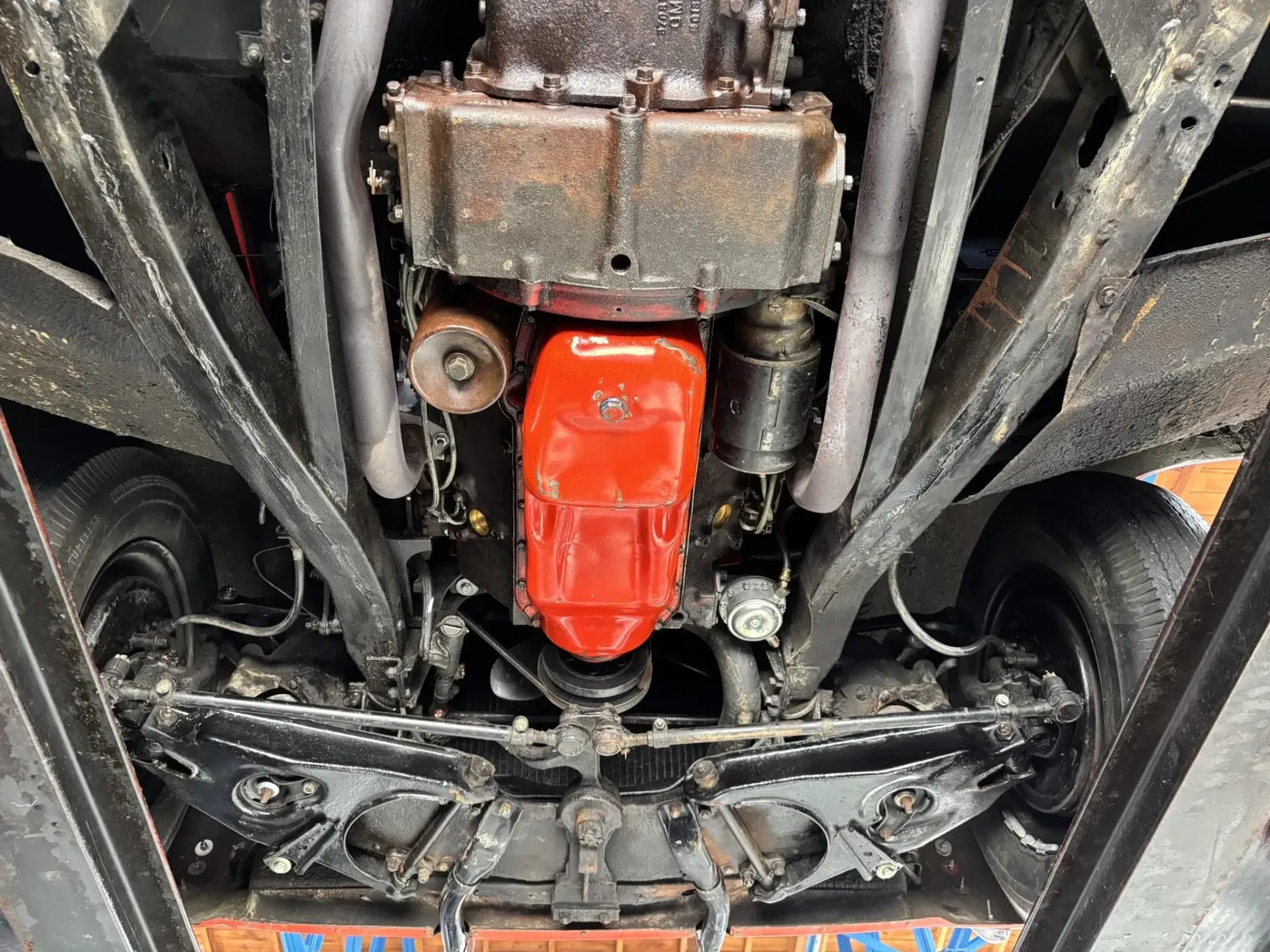
Why it matters
It’s extremely rare for cars like this to appear at auction. EX87 is not just a rarity, but a true milestone in the history of the Corvette and the entire American auto industry. It was the basis for the transition from six-cylinder engines to V8s, which later defined the character and philosophy of the brand.
At the time of publication the current bid is $52,500, with less than eight days to go until the auction ends. The new owner will receive not only the car, but also original letters from GM, technical documentation, parts, and a clean California Title, which lists the car as Chevrolet 1955.
The new owner will also receive the original GM letters, technical documentation, parts, and a clean California Title, which lists the car as Chevrolet 1955.
The The Corvette C1 that started the V8 era was first published on ITZine.ru.






